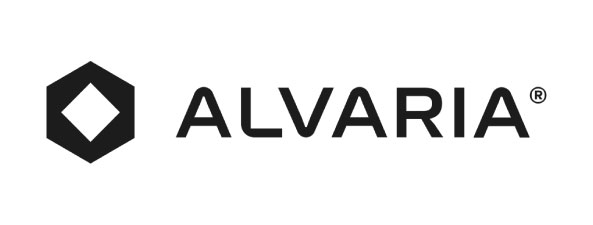When medical billing errors occur, they create financial and administrative headaches and damage patient trust and lead to legal and compliance risks. As the Consumer Financial Protection Bureau (CFPB) has emphasized, inaccuracies in medical billing can snowball into disputes that impact patients’ credit reports and financial stability. By prioritizing error-free medical billing through technology and proven best practices, healthcare providers can avoid these challenges while improving outcomes for all stakeholders.
The Cost of Billing Errors
Mistakes in medical billing can have far-reaching consequences. Patients may face unexpected bills, inaccuracies in their insurance claims, or, in some cases, debt collection processes that could have been avoided altogether. For healthcare providers, these errors can result in lost revenue, damaged reputations, and increased scrutiny from regulatory bodies. The financial toll on both patients and providers underscores why achieving error-free medical billing is so important. Correct billing ensures patients are billed appropriately, helps providers maintain a steady revenue stream, and fosters trust between the two parties.
Technology as a Game-Changer
Reliance on technology should be one of the tools in achieving error-free medical billing. Solutions like automated billing systems, integrated data platforms, and compliance-focused software are transforming how healthcare organizations handle their revenue cycle management. For instance, tools such as those offered by TEC Services Group’s HealthcareTEC division provide advanced systems to streamline billing, reduce manual errors, and ensure compliance with complex regulations. These platforms also offer features like real-time data verification and integration with electronic health records, enabling seamless communication between systems and reducing the risk of inaccuracies.
Best Practices for Error-Free Billing
While technology works best when combined with human expertise and established best practices. Staff training, regular audits, and clear communication between providers, insurers, and patients are key to minimizing errors. An informed and well-trained billing team can interpret complex coding systems accurately and ensure that technology is used to its fullest potential. For example, integrating automated tools with manual quality checks provides a multi-layered approach to ensure billing accuracy. The result is an efficient system that minimizes mistakes while improving the overall patient experience.
The Broader Impact
Achieving error-free medical billing is more than just an administrative goal; it’s a commitment to providing better care and financial transparency for patients. When billing processes are accurate, patients feel respected and valued, and they are more likely to trust their providers. Moreover, error-free medical billing helps healthcare organizations maintain compliance with laws and regulations, reducing the risk of legal disputes and penalties. As billing errors decrease, so does the friction between providers and insurers, creating a smoother process for everyone involved.
Moving Forward with Technology and Excellence
The journey toward error-free medical billing is ongoing, but the tools and strategies available now make it more achievable than ever. By investing in technology like automated billing platforms and pairing it with a culture of accuracy and accountability, healthcare providers can significantly reduce errors and their associated repercussions. In doing so, they not only protect their financial health but also improve relationships with patients and ensure compliance with evolving regulatory standards.
Striving for error-free medical billing is a necessary step toward building a healthcare system that works efficiently and fairly for all. By embracing the right technology and practices, providers can make meaningful progress toward this essential goal.







